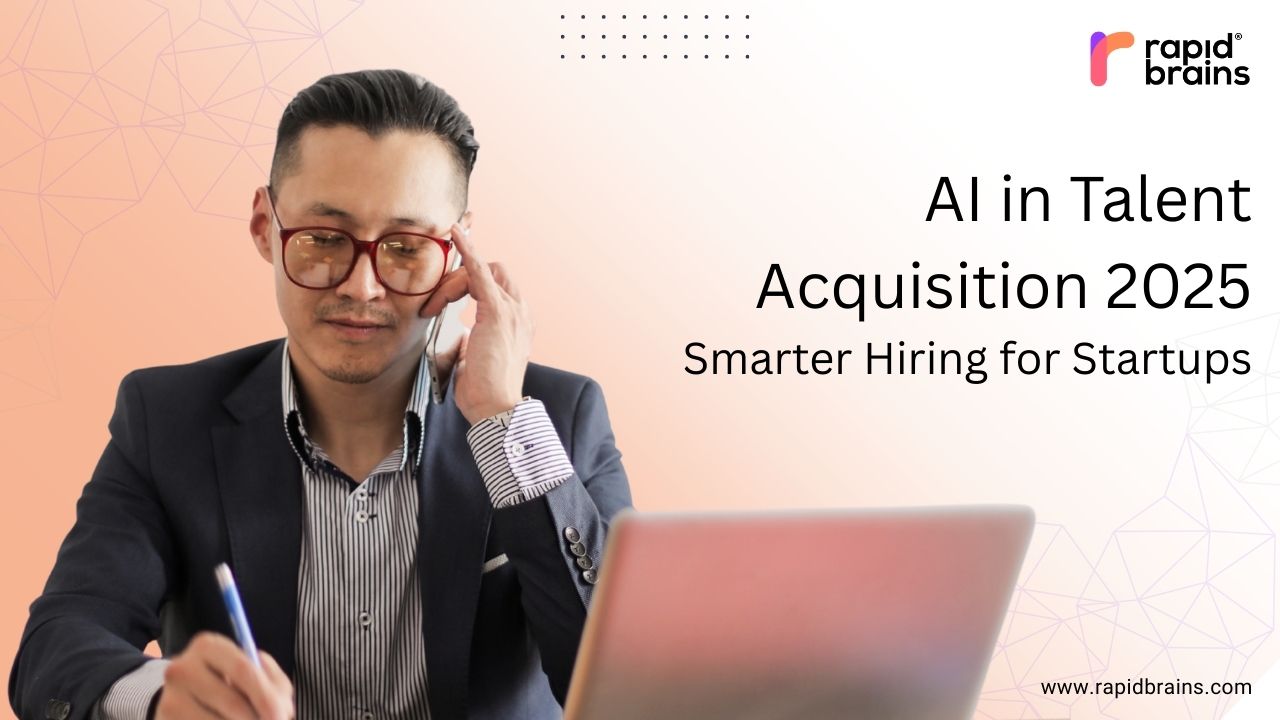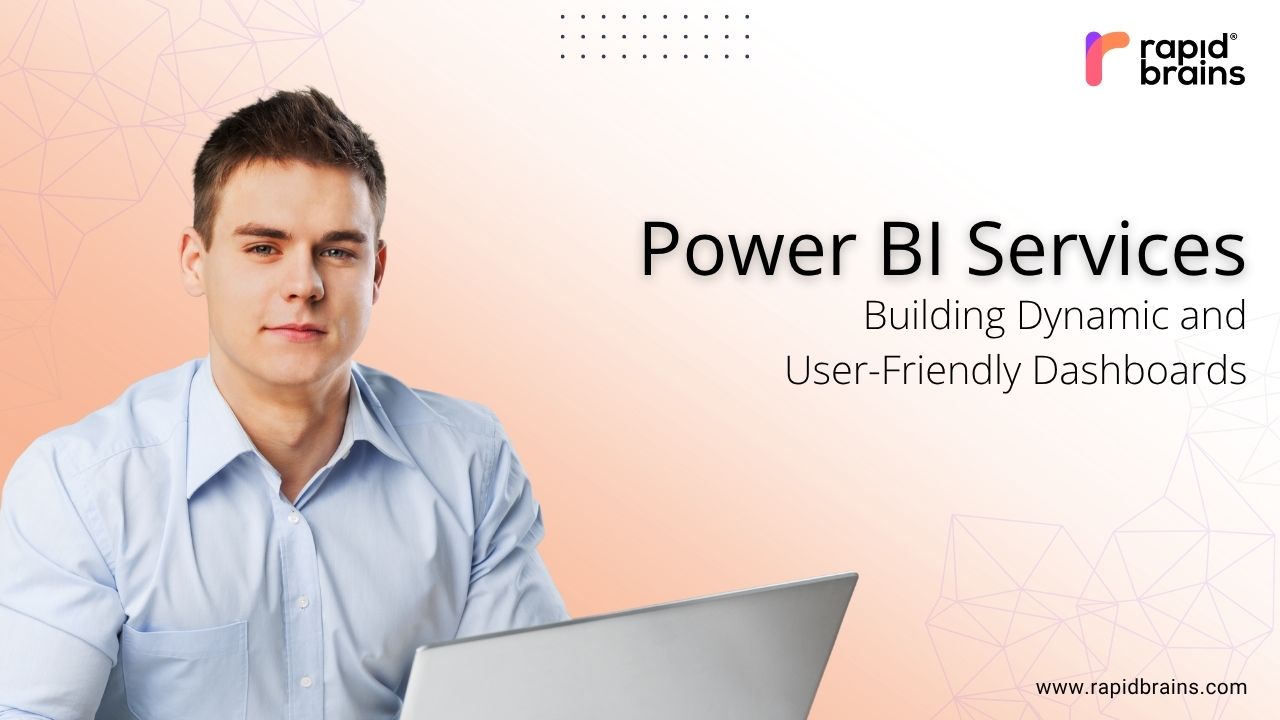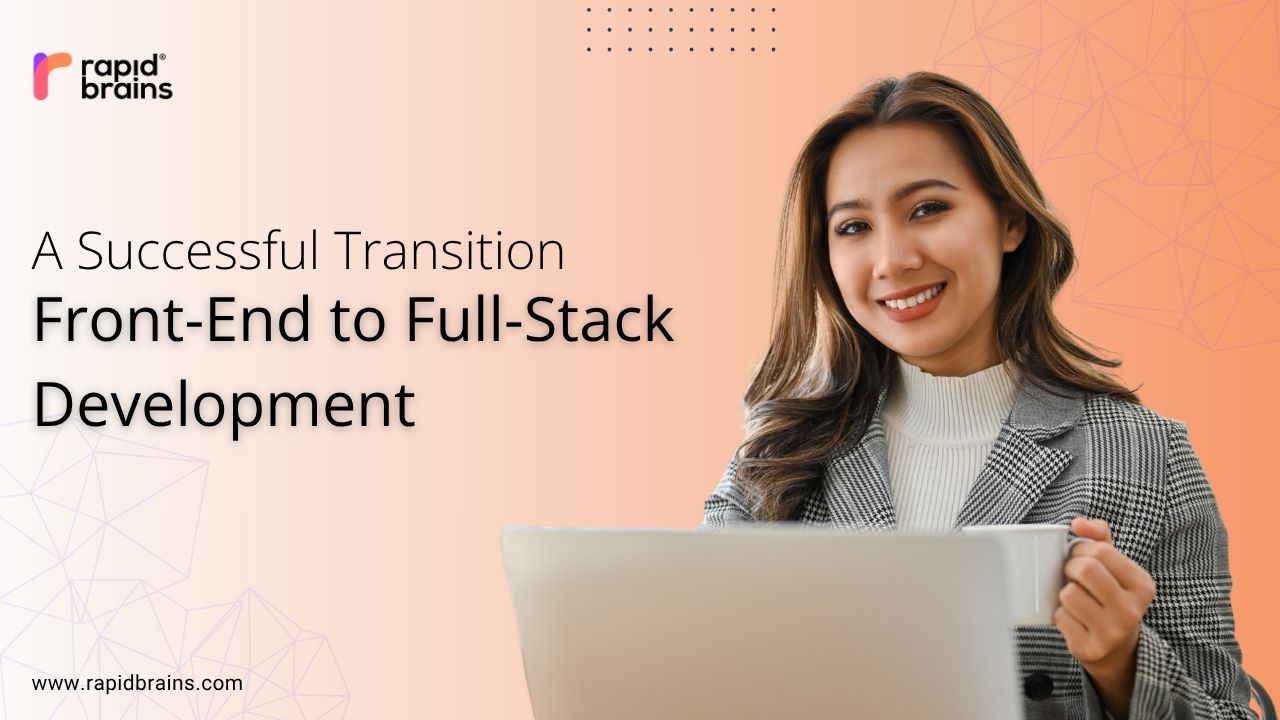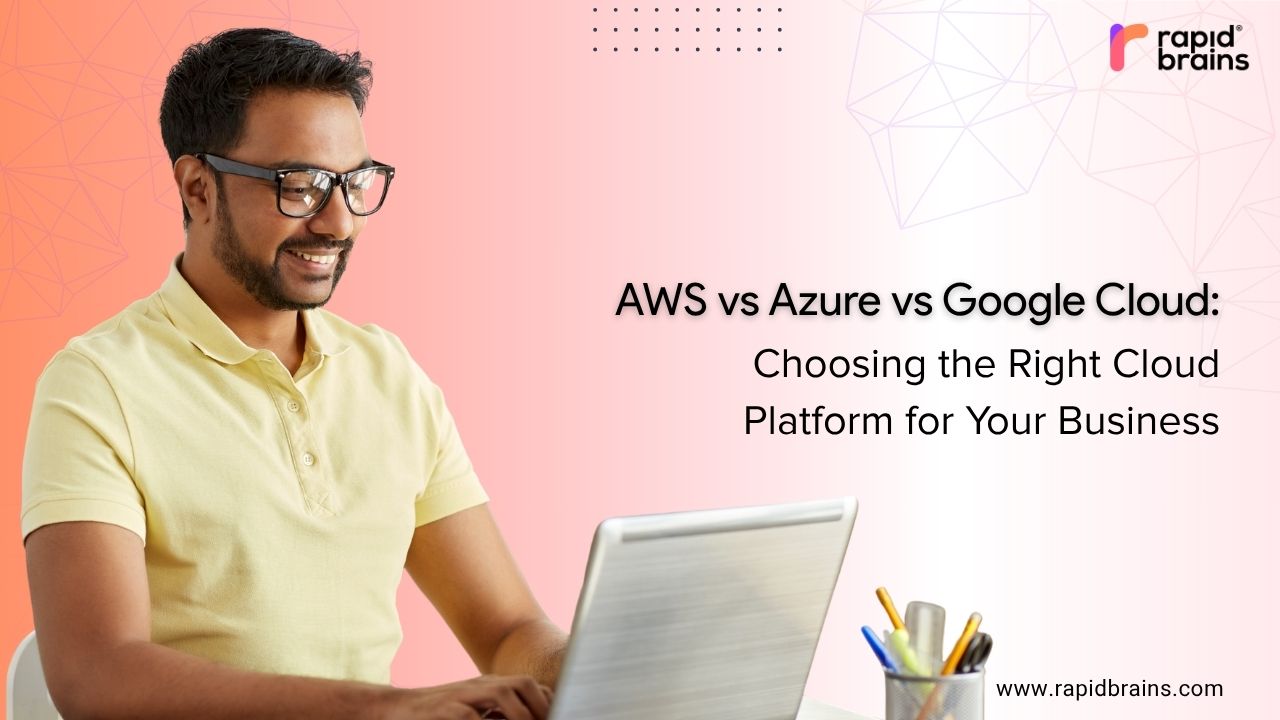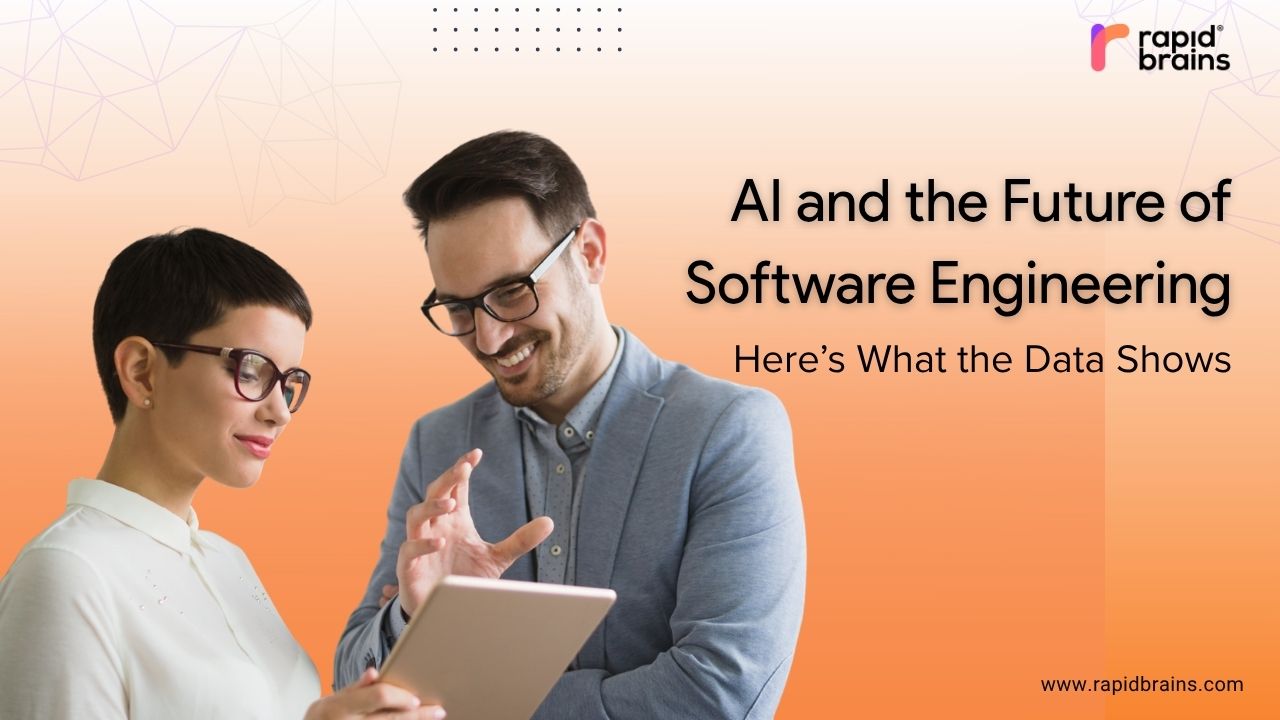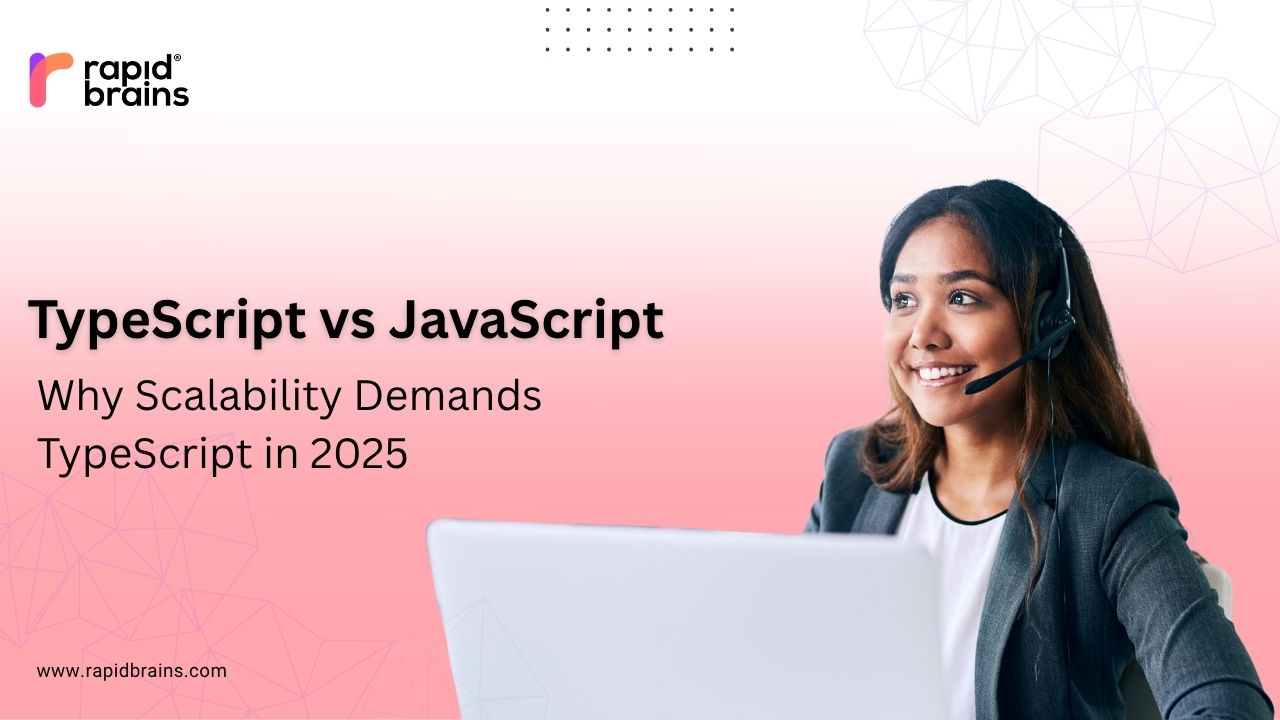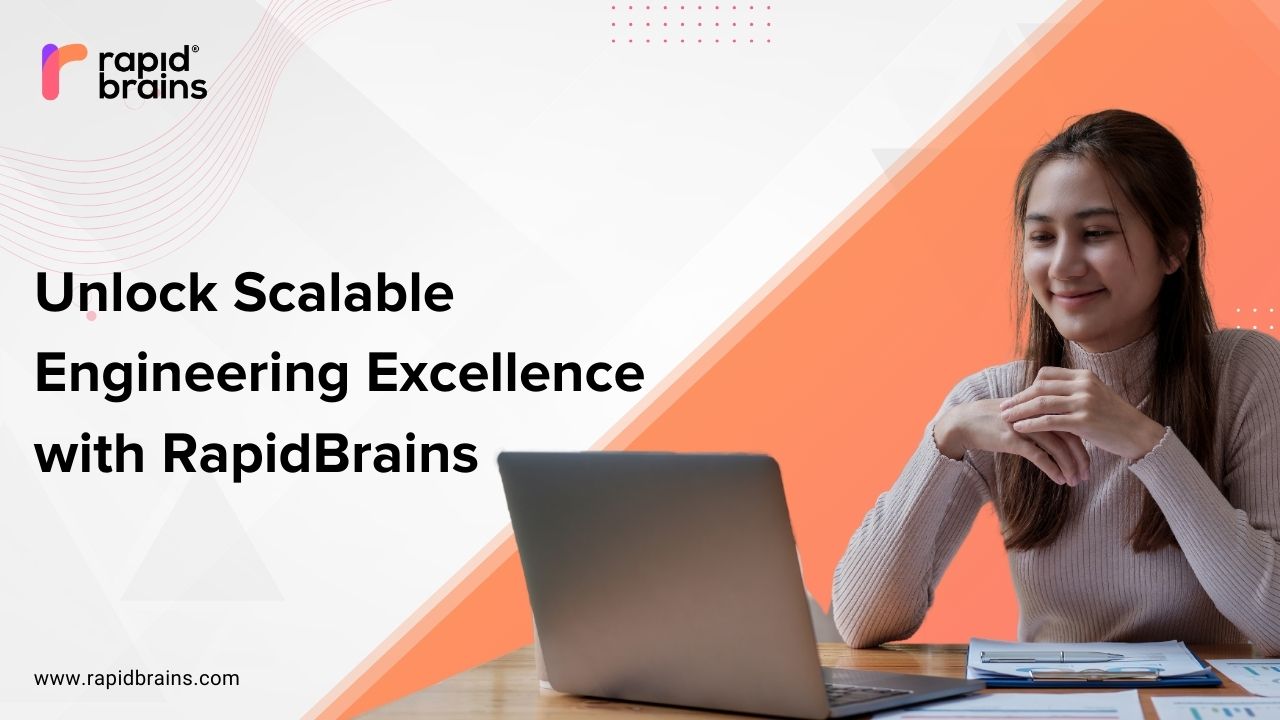Tech for startups is changing fast; in 2025, this will provide increasing opportunities and challenges for growth. Innovation is driving every industry, so startups will be required to adopt emerging roles that link technology and strategy with scaling issues. From AI specialists to smart contract developers, these technological developments will impact the way they create […]
Artificial intelligence (AI) is driving smarter, faster, and more equitable hiring practices, especially in AI in talent acquisition 2025. AI is changing how startups locate, assess, and onboard top talent in the rapidly changing talent acquisition landscape. RapidBrains, with its AI-powered hiring solution, is designed for accuracy and scalability. Their platform helps startups hire AI […]
Blockchain solutions are revolutionising how companies sign, administer, and execute contracts internationally. With remote work and worldwide collaboration in today’s modern era, blockchain digital contracts are setting the stage for safe, open, and effective agreements. From streamlining workflow to mitigating legal pitfalls, these new technologies are redefining how businesses work in a digital-first world. Introduction: […]
Power BI Services empower businesses to create engaging, interactive dashboards that transform raw data into actionable insights for smarter decision-making. Businesses produce enormous volumes of data every day, so turning that data into intelligence that can be put to use is crucial. Power BI Services fills that need by enabling companies to create dynamic and […]
The transition from front-end to full-stack development doesn’t just add to your technical tool kit; it also opens up exciting new career opportunities. In today’s fast-moving tech world, many front-end developers are choosing to grow their skills by becoming full-stack developers, and it’s a smart move. At RapidBrains, we’ve seen how this shift is helping […]
Cybersecurity for startups is not an amenity but a business necessity under conditions of hyper-connectivity. Startups are among the most desirable targets for cybercriminals due to their limited budgets and immature security infrastructure. Implementing robust cybersecurity best practices early on not only protects sensitive data but also enhances your reputation, builds trust, and guarantees regulatory […]
Choosing the right cloud platform has become one of the most important strategic decisions for any modern business. Whether you’re a startup launching your first app or a large enterprise migrating legacy systems, selecting the best provider can impact your costs, performance, and ability to scale. When it comes to leading cloud platforms, three names […]
Introduction: The Changing Landscape of Software Engineering Software development has always moved with the wave of innovation, from mainframes to microservices, from waterfall to agile. Now we’re poised at the edge of another paradigm shift: the marriage of artificial intelligence and software development. It is not a buzzword but a quantifiable force reshaping the trajectory […]
Software development is becoming increasingly complex in 2025. Applications now need to support millions of users, fast application iterations and changing business logic. Although the TypeScript vs JavaScript conversation is now no longer purely a developer preference, but rather a strategic decision of which language to use for the ability to scale and code quality. […]
In today’s fast-paced digital landscape, scaling your engineering team is no longer just an option but a necessity. As organizations grow, the demand for agile, high-performing, and scalable tech teams is higher than ever. Whether you’re a rapidly scaling startup, a large enterprise, or an organization undergoing digital transformation, the need for talent is paramount. […]

